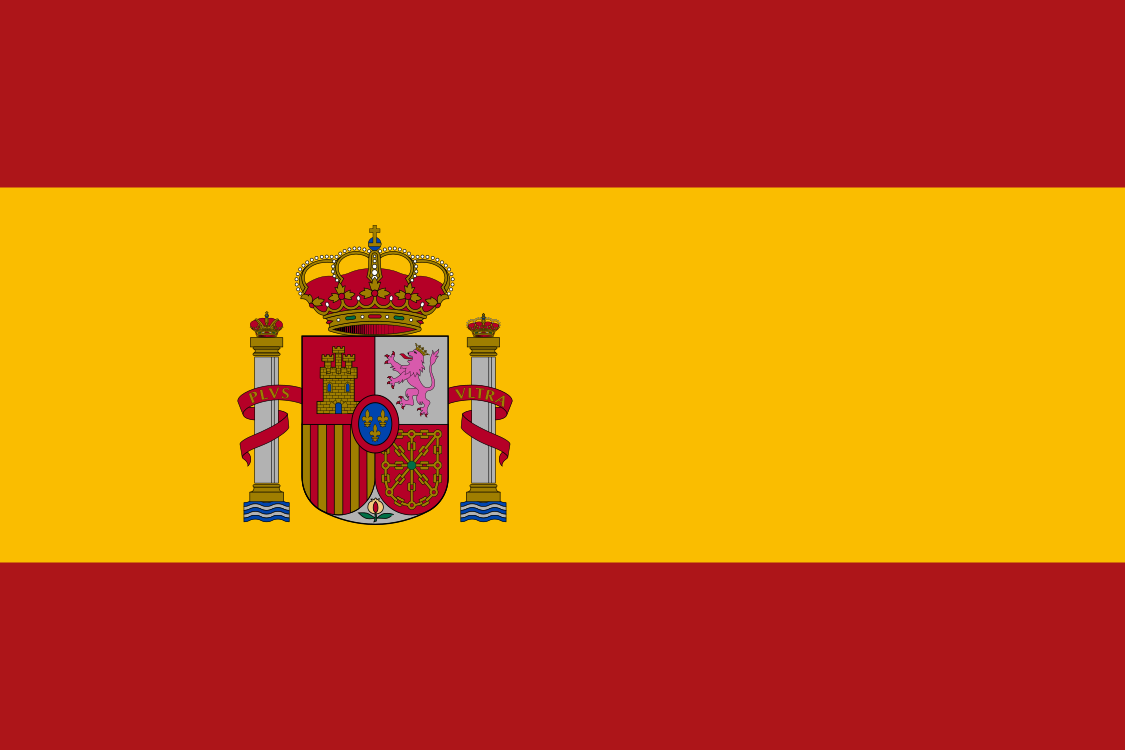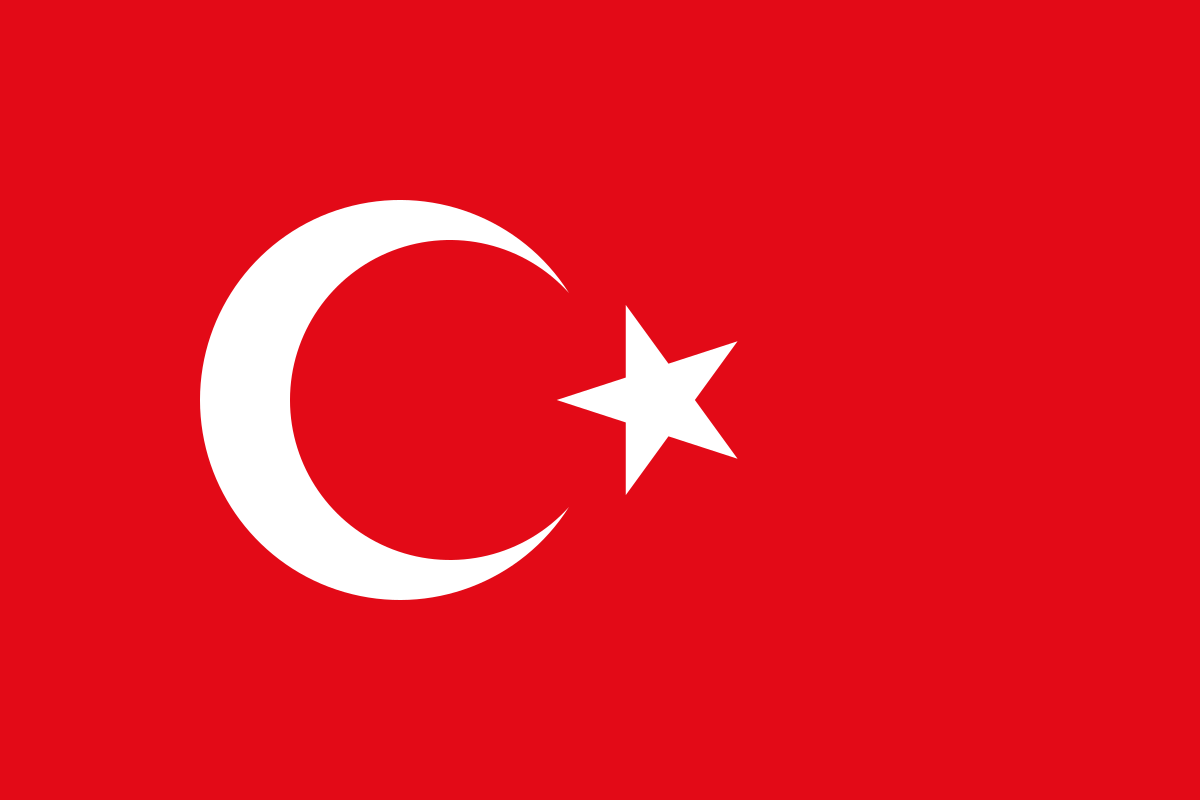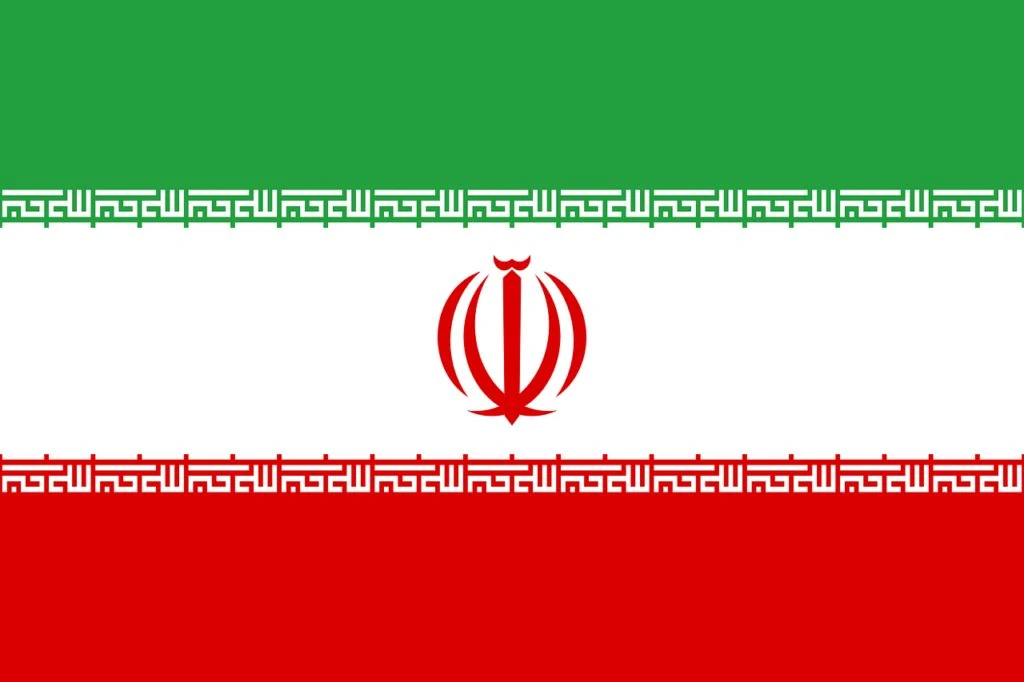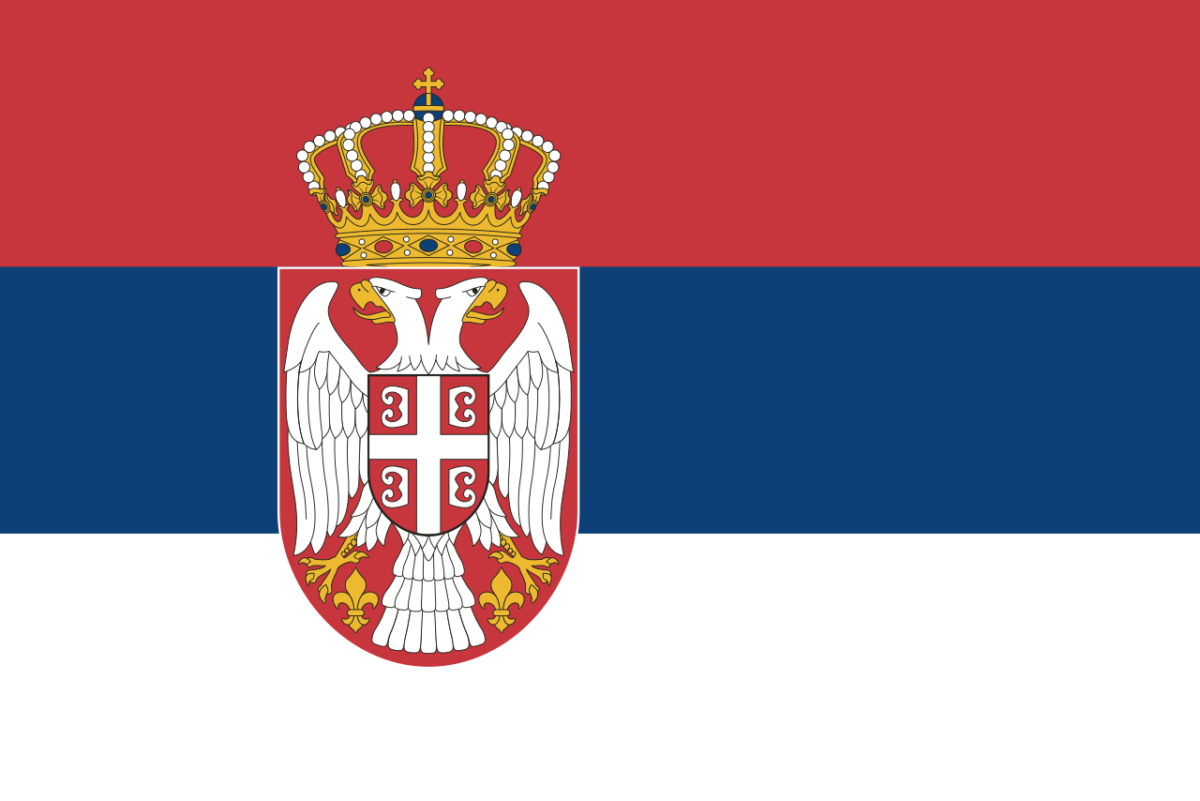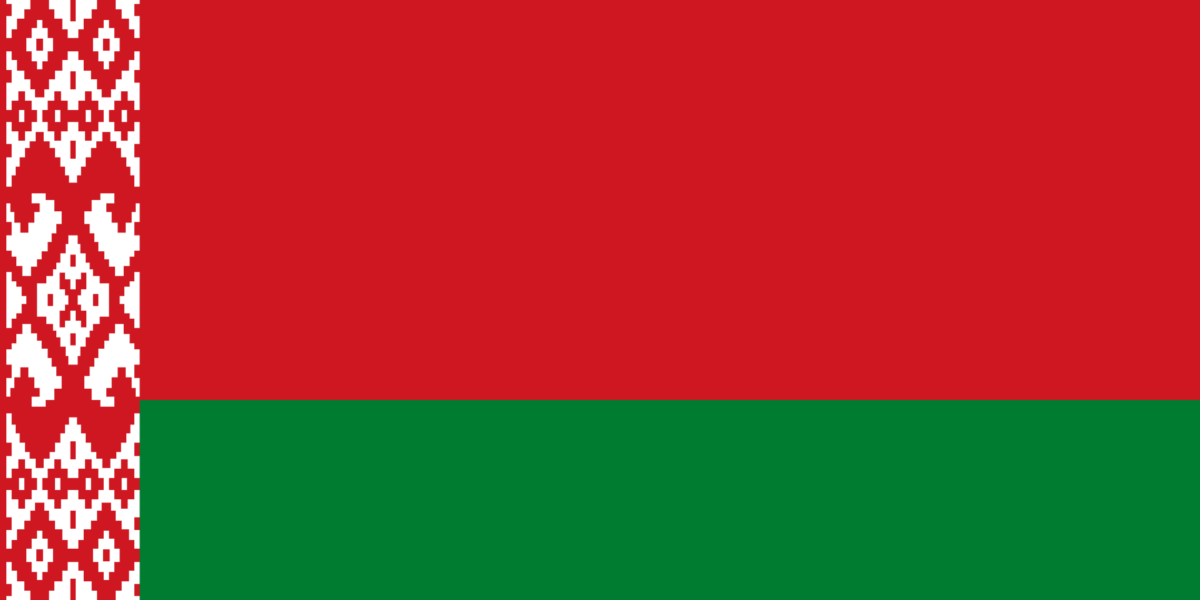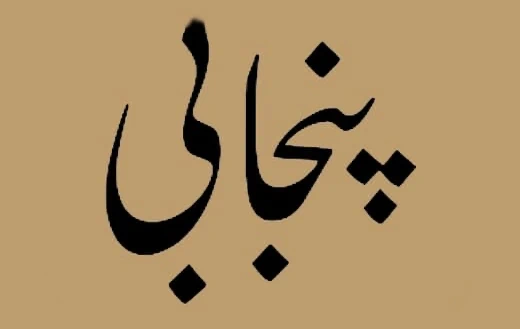Language learning, when conceived through a humanistic and historically informed lens, emerges as a far more profound endeavour than the mere assimilation of grammatical norms or the memorisation of vocabulary. It constitutes, rather, an initiation into a civilisation, a process of orientation within the symbolic, historical, and conceptual strata sedimented in linguistic forms. This is especially true of the Italian language, whose development is intimately linked to the cultural, civic, and literary history of the Italian peninsula from the High Middle Ages to the present.
From its vernacular emergence in the 13th century, with the poetic innovations of the Scuola Siciliana at the court of Frederick II and the refinement of the Dolce Stil Novo in late-13th-century Tuscany, Italian began to assert itself as a medium capable of expressing not only individual emotion but also philosophical thought and social critique. The Commedia of Dante Alighieri (1265-1321), in its radical synthesis of sacred and secular registers, theological vision and vernacular eloquence, can be seen as the foundational act of Italian linguistic consciousness. Its influence reverberated across the centuries and established a model of literary and intellectual ambition inseparable from linguistic experimentation.
The Italian Renaissance of the 15th and 16th centuries, particularly through the philological humanism developed in Florence, Padua, and Rome, further consolidated the status of Italian as a cultivated and normatively codifiable language. Humanist scholars such as Lorenzo Valla (1407–1457), with his critique of the Vulgata and restoration of classical Latin purity, and later Pietro Bembo (1470–1547), who proposed Petrarch and Boccaccio as models for the standardisation of Italian, set the terms of a linguistic debate that would shape the identity of the language for centuries. Bembo’s Prose della volgar lingua (1525) exemplifies a vision of language as a cultural artefact requiring preservation, refinement, and aesthetic elevation. This philological orientation, far from being antiquarian, responded to the Renaissance conviction that the cultivation of eloquence was a condition of civic virtue and moral clarity.
The pursuit of a unified Italian language continued through the Enlightenment and the Risorgimento, particularly in the 18th and 19th centuries, as thinkers and reformers sought to overcome the fragmentation of dialects and regional vernaculars. Figures such as Alessandro Manzoni (1785–1873) advocated linguistic unification as a means of national cohesion, revising his I Promessi Sposi (first published in 1827, revised in 1840–42) according to the Florentine spoken idiom. The question of language, in Italy, was always simultaneously a question of culture, politics, and identity.
In contemporary Italian, the historical layering of lexical and syntactic elements remains visible and operative. The lexicon bears the imprint of Latin heritage, medieval scholasticism, Renaissance neologism, French and Spanish influence (especially from the 17th to 19th centuries), and modern technical innovation. Common idioms such as “andare in bianco” (to fail), “fare fiasco” (to be unsuccessful), or “avere grilli per la testa” (to have fanciful ideas) have etymological and cultural roots that span centuries and reflect changing social imaginaries. Even seemingly neutral linguistic features—such as the use of “Lei” for formal address—reveal historical traces of 16th- and 17th-century Spanish courtly norms, internalised and refunctionalised within the Italian context.
Teaching Italian to non-native speakers (italiano L2) within this framework entails more than communicative efficacy; it requires cultivating a hermeneutic sensitivity to the historical dimension of language. Italian becomes not a neutral instrument, but a cultural archive—a living document of Europe’s civic, artistic, religious, and political evolution. Words such as ‘comune’, ‘cittadinanza’, ‘umanesimo’, or ‘giustizia’ encapsulate transformations that span from Roman law and medieval municipal traditions to Enlightenment rationalism and modern constitutionalism.
The learner who engages with Italian through this prism is not merely acquiring linguistic competence, but is entering into a dialogical relation with the longue durée of a civilisation. In this sense, language teaching assumes the form of a humanistic project: it not only transmits knowledge but shapes ethical and intellectual sensibilities. It recalls the Renaissance ideal of studia humanitatis, where linguistic refinement and moral education were indissociable.

